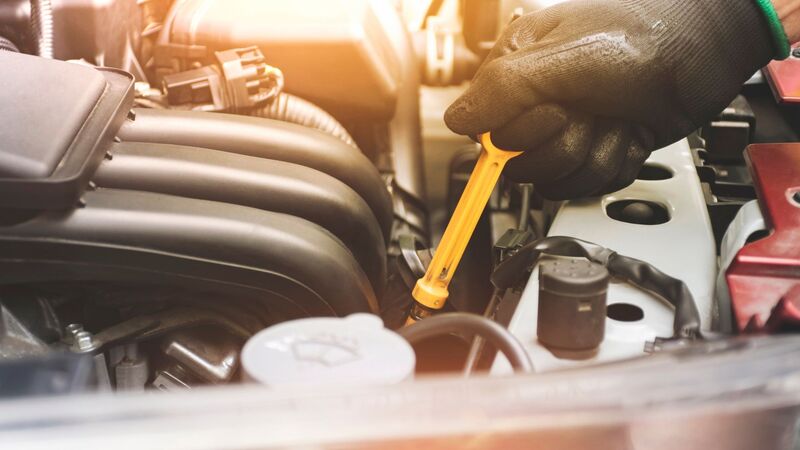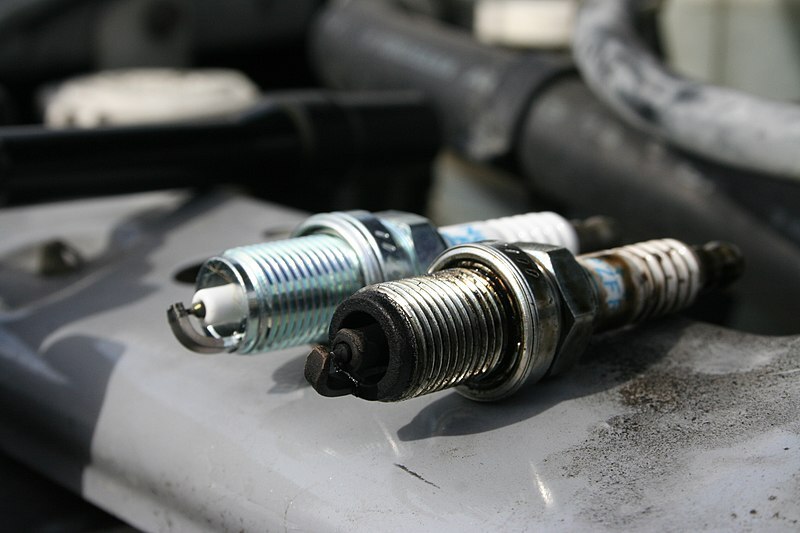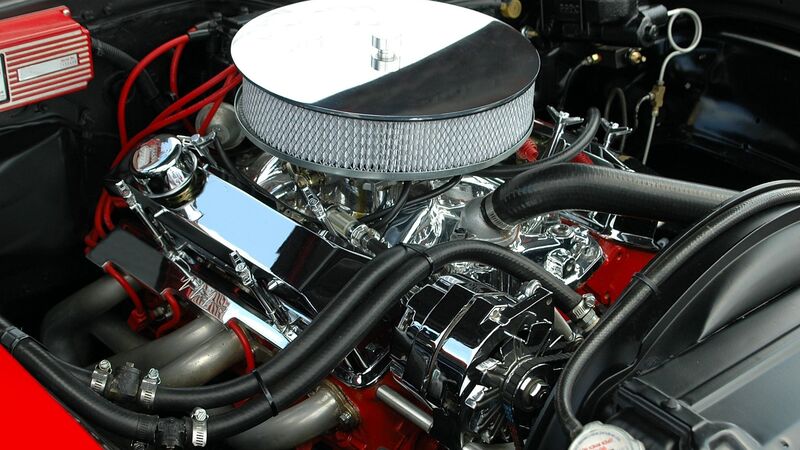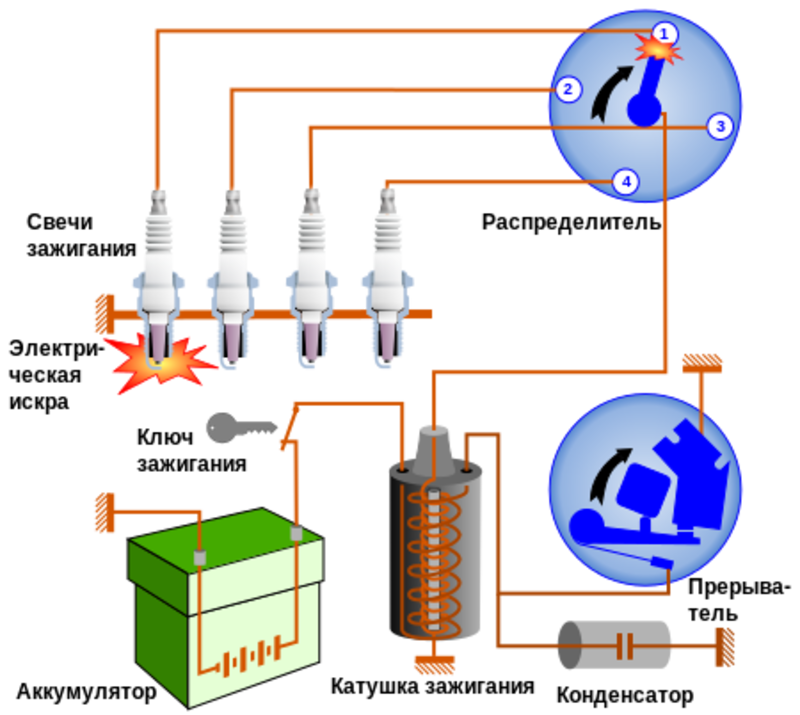Spark plugs are fundamental to internal combustion engines. They ignite the fuel-air mix. They help in driving your vehicle forward. Their role can’t be overstated. Needless to say, spark plugs must function flawlessly for optimal engine performance. Without regular check-ups and timely replacements, your vehicle might suffer. It’s not just about keeping the engine running; it’s about ensuring it runs efficiently.

How often should you change your spark plugs? Is it time to check whether your vehicle’s spark plugs need maintenance? To answer all these questions, this article will be helpful.
So, without further ado, let’s start the discussion.
How Often Should Spark Plugs be Replaced: Common Signs to Check
Does your car misfire or idle roughly? Maybe you’ve seen a dip in miles per gallon? These could be cries for help from your spark plugs.
- Misfires: This abrupt disturbance in the engine’s rhythm might startle you. Misfires often mean spark plugs aren’t firing adequately. This inefficiency can lead to bigger issues if left unchecked.
- Rough Idling: Ever sensed a jittery feel or an irregular engine sound when your car is at a stoplight? Spark plugs in distress could be the culprits behind these unsettling sensations.

Decreased Fuel Efficiency: Few things annoy drivers more than frequent fuel stops. If your car’s thirst for fuel suddenly spikes, the spark plugs might not be igniting the fuel-air mix efficiently.
All these signs paint a clear picture: your spark plugs need attention. Neglecting them will curtail your driving experience. Also, unchecked issues often escalate into expensive repairs. Monitor these signs and act promptly. This way, you can ensure your vehicle remains in prime shape.
Common Factors Affecting Spark Plug Lifespan:

Spark plugs don’t wear out randomly. Several factors determine their lifespan:
1. Type of Material:
Spark plugs come in various materials.
- Copper: They’re affordable but tend to wear out faster. They need replacement every 20,000-40,000 miles.
- Platinum: It’s more durable than copper. It can last up to 100,000 miles.
- Iridium: This is top-of-the-line in durability. It can serve up to 100,000 miles or more.
2. Driving Habits:
Your driving pattern matters.
- City Driving: Frequent stops and starts in city traffic can wear the spark plugs out quickly.
- Highway Driving: Cruising at consistent speeds on the highway is less strenuous.
3. Engine Type:
- Gasoline: It tends to have a consistent wear pattern.
- Diesel: It can lead to faster degradation due to combustion characteristics.
4. Manufacturer’s Recommendations:
Always check your vehicle’s manual. Manufacturers often provide specific intervals tailored to your car’s design.
If you stay aware of these factors, it will be easy for you to know when to change your vehicle’s spark plugs.
Inspection and Maintenance:

Regular spark plug inspections can forestall larger problems down the road. Examine the spark plug for wear. Check for any build-up or deposits. Damaged electrodes or an altered color hint at potential issues. But it’s not just about spotting problems. Proper maintenance goes a long way. Clean any debris or build-up. It ensures the spark plug ignites the fuel-air mixture efficiently. Equally vital is checking the gap between the electrodes. An improper gap can drastically affect engine performance. Following these simple checks keeps your engine humming smoothly.
General Guidelines for Spark Plug Replacement:

Understanding how often to change spark plugs can feel like a puzzle. However, with the right knowledge, it becomes clear. Here are some pointers:
- Mileage: The spark plug determines your vehicle’s lifespan. Copper plugs are affordable. However, they often require a change every 30,000 miles. On the other hand, platinum and iridium plugs offer longer service lives, often up to 100,000 miles. However, these figures vary based on driving conditions and habits.
- Regular Inspections: Don’t rely solely on mileage. Sometimes, spark plugs wear out or become faulty before reaching their expected lifespan. A visual inspection can reveal deposits, damaged electrodes, or other signs of wear. Such indicators tell you it’s time for a change, even if the mileage suggests otherwise.
- Manufacturer’s Recommendations: Every car is unique. So, what’s the best source of information? The answer is your vehicle’s manual. Manufacturers understand their engines better than anyone. They provide specific intervals for spark plug replacements. This way, they ensure optimal performance. While general guidelines are helpful, always prioritize your manual’s advice.
Proactive maintenance is better than reactive repairs. Ensure your engine’s health by adhering to the above-discussed spark plug guidelines.
DIY Spark Plug Replacement:
Are you determined to tackle spark plug replacement on your own? With the right tools and caution, it’s entirely achievable. Here’s a brief guide for that:
- Safety Precautions: Safety comes first. Always work with a cool engine to avoid burns. Disconnect the car battery and wear safety goggles to shield your eyes from potential debris.
- Essential Tools: For a smooth process, assemble the necessary tools. You’ll need a ratchet, spark plug socket, gap gauge, and possibly a torque wrench.
Step-by-Step Process:
1. Locate the spark plugs. They’re usually on the engine’s top or side.
2. Once located, remove the spark plug wire or ignition coil. Use your spark plug socket to unscrew the old plug.
3. Before installing the new one, check the gap. If needed, adjust the gap.
4. Screw in the new plug. Do not overtighten it. Reattach the wire or coil.
Conclusion:
Spark plugs, though small, profoundly impact your vehicle’s performance. Recognize the spark plug replacement signs. Understand the factors that affect the lifespan of spark plugs. Maintain the spark plugs when needed. This way, you can run your vehicle efficiently. For the adventurous, DIY replacement is feasible, with precautions. Ultimately, regular spark plug maintenance is the key to a smooth, fuel-efficient driving experience. Like any component, they thrive with a little attention and care. So, keep an ear to your engine, and it’ll thank you with miles of uninterrupted journeys.
Image Credit: Wikimedia.org
